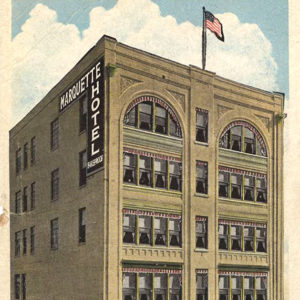 Marquette Hotel
Marquette Hotel
Entry Category: Counties, Cities, and Towns - Starting with M
 Marquette Hotel
Marquette Hotel
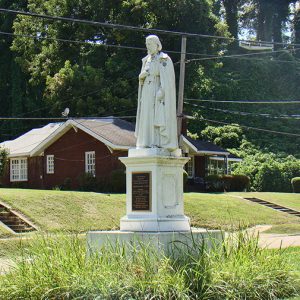 Marquette Statue
Marquette Statue
Marshall (Searcy County)
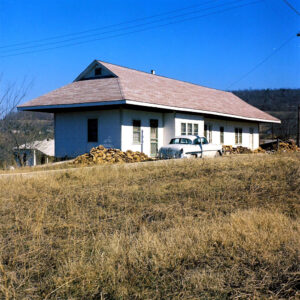 Marshall Depot as Home
Marshall Depot as Home
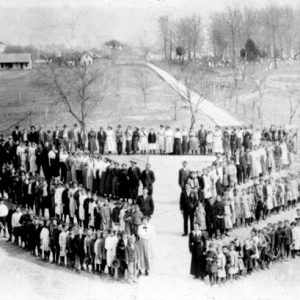 Marshall School
Marshall School
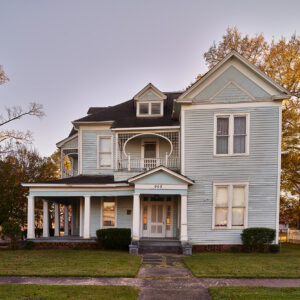 Martha Mitchell Birthplace
Martha Mitchell Birthplace
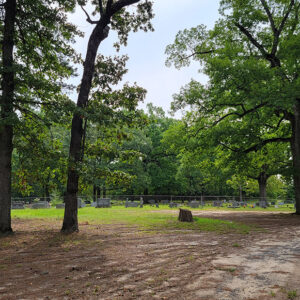 Martin Cemetery
Martin Cemetery
 Martin Gin
Martin Gin
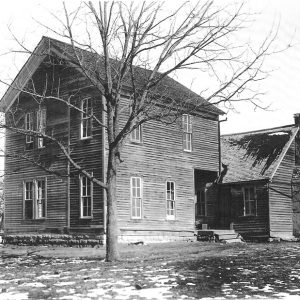 Martin House
Martin House
 Martin Luther King Square Park
Martin Luther King Square Park
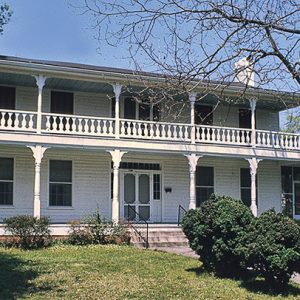 John Wilson Martin House
John Wilson Martin House
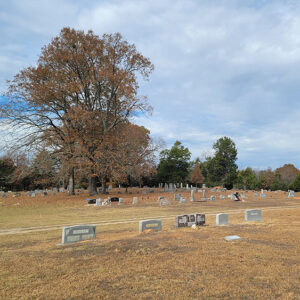 Martinville Cemetery
Martinville Cemetery
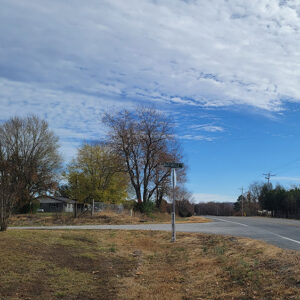 Martinville Street Scene
Martinville Street Scene
 Martinville Veterans Memorial
Martinville Veterans Memorial
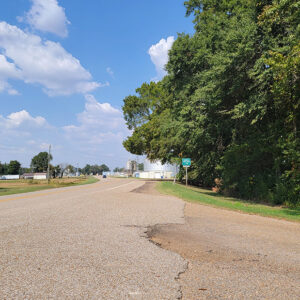 Entering Marvell
Entering Marvell
Marvell (Phillips County)
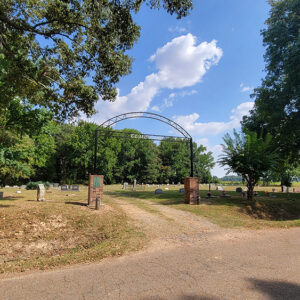 Marvell Cemetery
Marvell Cemetery
 Marvell Church
Marvell Church
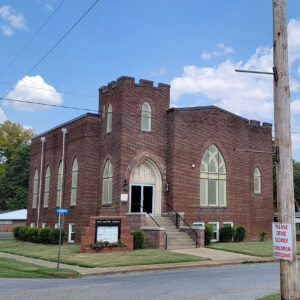 Marvell Church
Marvell Church
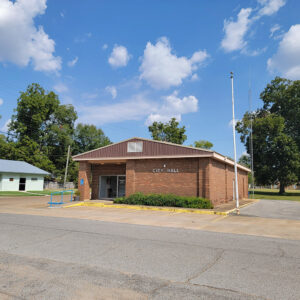 Marvell City Hall
Marvell City Hall
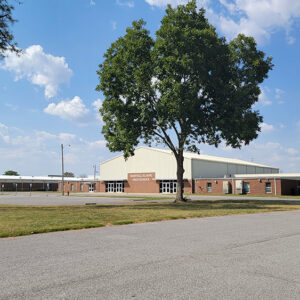 Marvell High School
Marvell High School
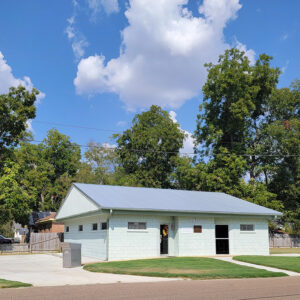 Marvell Library
Marvell Library
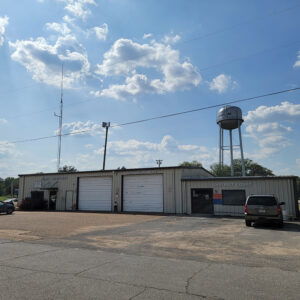 Marvell Municipal Buildings
Marvell Municipal Buildings
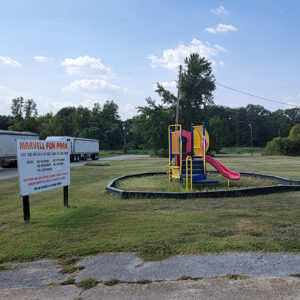 Marvell Park
Marvell Park
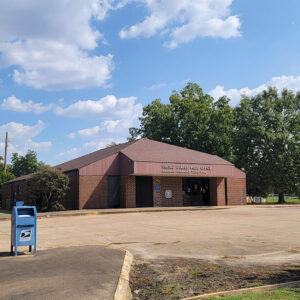 Marvell Post Office
Marvell Post Office
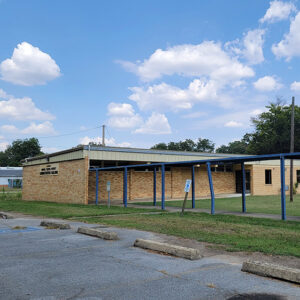 Marvell School
Marvell School
 Marvell Street Scene
Marvell Street Scene
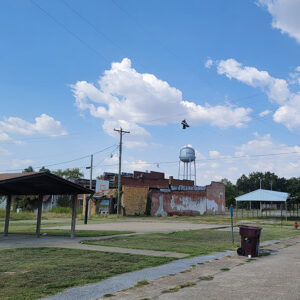 Marvell Street Scene
Marvell Street Scene
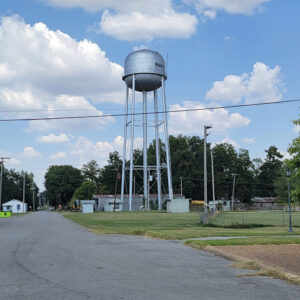 Marvell Water Tower
Marvell Water Tower
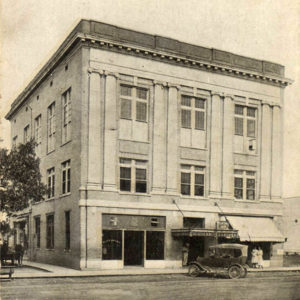 Masonic Building
Masonic Building
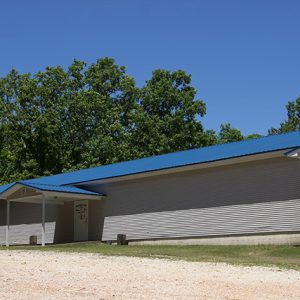 Masonic Lodge No. 743
Masonic Lodge No. 743
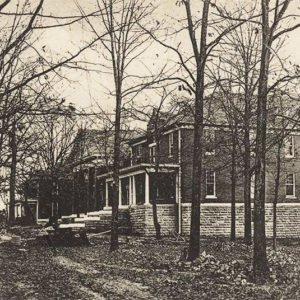 Masonic Orphans Home
Masonic Orphans Home
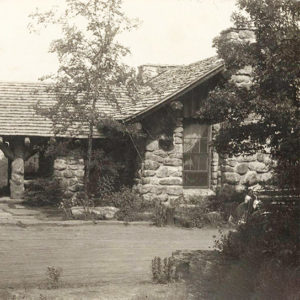 Mather Lodge
Mather Lodge
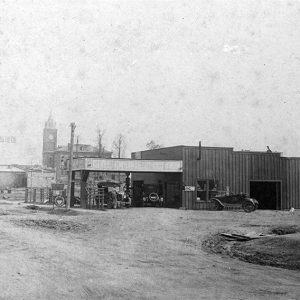 Matthews Garage
Matthews Garage
Mauldin (Montgomery County)
Maumelle (Pulaski County)
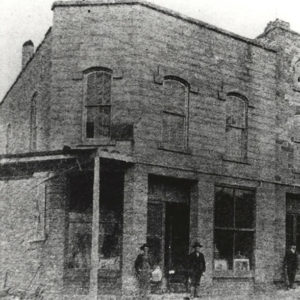 Maxfield Store
Maxfield Store
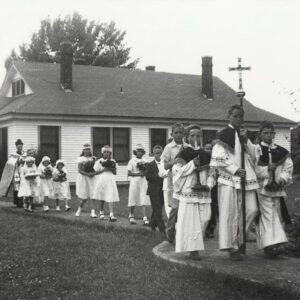 May Crowning
May Crowning
Mayflower (Faulkner County)
Maynard (Randolph County)
 Maynard Pioneer Museum
Maynard Pioneer Museum
 Maynard Pioneer Museum
Maynard Pioneer Museum
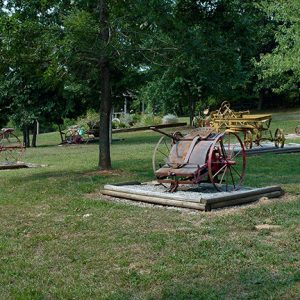 Maynard Pioneer Museum
Maynard Pioneer Museum
Maysville (Benton County)
McAlmont (Pulaski County)
McArthur (Desha County)
McCaskill (Hempstead County)
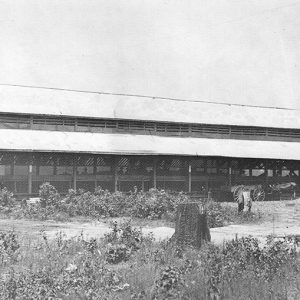 McCaskill Packing Shed
McCaskill Packing Shed
 McCaskill School
McCaskill School
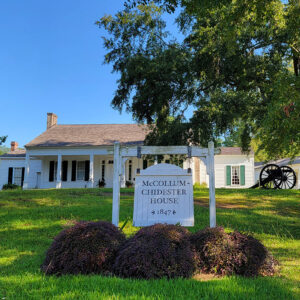 McCollum-Chidester House Museum
McCollum-Chidester House Museum




